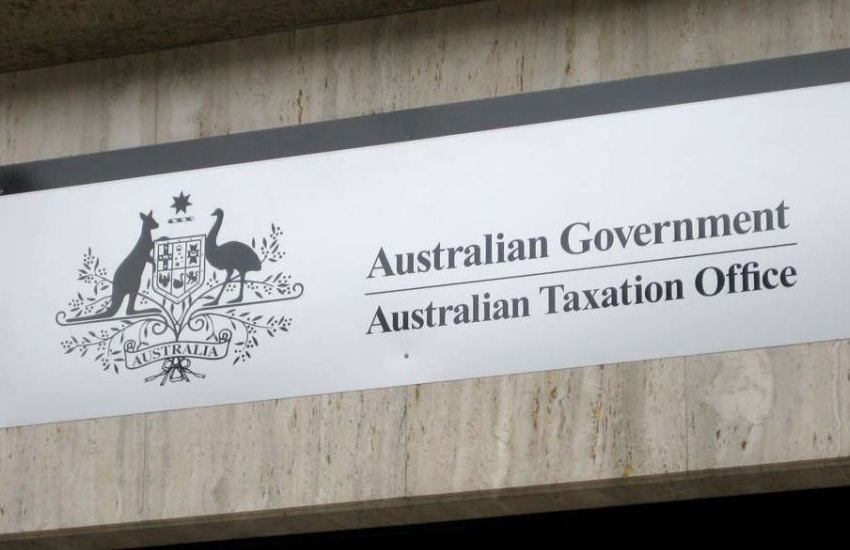In an update posted to the ATO website on Wednesday, the office confirmed that the 17,700 funds contacted as part of the diversification review used a limited recourse borrowing arrangement as well as having 90 per cent or more of their portfolio concentrated in one asset.
“In 99 per cent of the SMSFs contacted, the asset in question was property,” the ATO said.
You’re out of free articles for this month
The office also released further details of the extent of concentration risk in the SMSF market, revealing that 180,000 self-managed funds, or nearly one-third of all SMSFs, had invested 90 per cent of more of their retirement savings in a single asset or asset class.
However, the ATO added that it believed those most at risk were funds combining leverage with highly concentrated portfolios, following a report the office had co-authored with the Council of Financial Regulators in February which found leveraged and highly concentrated SMSFs were most at risk of a significant loss in case of a price drop in the single asset they were invested in.
“We were concerned that these SMSF trustees may not have given due consideration to diversifying their fund’s investments and the risks associated with a lack of diversification when formulating and reviewing their investment strategy,” the ATO said.
“While a trustee can choose to invest 90 per cent or more of their retirement savings in a single asset or asset class, concentration risk combined with leveraged borrowings can expose the SMSF and its members to unnecessary risk if a significant investment fails.”
Commenting on the update, ASF Audits executive general manager of technical services Shelley Banton said while the ATO’s campaign had brought issues with SMSF diversification to the fore, the statistics around undiversified funds may be over-exaggerated.
“Whether the real number of nearly one-third of SMSFs is correct requires more investigation,” Ms Banton said.
“This figure would also include funds that have 90 per cent of assets invested in listed shares or managed funds and does not consider the level of diversification achieved by investing across different industry sectors.”
However, she added that self-managed funds that were highly concentrated in more speculative investments could also expect to be under the microscope in the future.
“SMSFs with specific high-risk asset classes such as cryptocurrency will continue to be targeted by the ATO,” Ms Banton said.
“These trustees will also receive diversification letters to ensure they have documented how they considered investing in an investments where sharp price fluctuations could lead to significant losses.”


